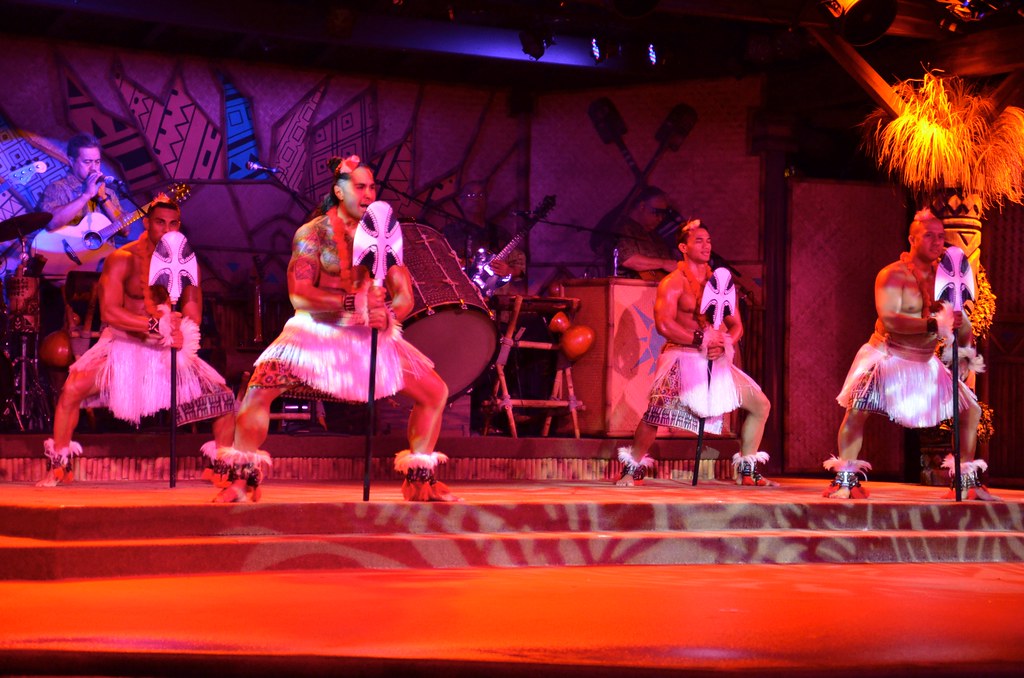As I stepped off the plane and onto the tropical islands of Hawaii, a gentle breeze immediately greeted me and the soothing sound of ukulele music. Around me, people had smiles on their faces and a welcoming spirit that I had never quite experienced before. This sense of compassion, grace, and unity encompassing the islands is known as the “Aloha Spirit” – the cultural foundation of Hawaii.
The Aloha Spirit arises from ancient Hawaiian traditions and continues to inform everyday interactions amongst locals. This story will explore the origins, meanings, and modern manifestations of this spirit that feels akin to a warm embrace from the islands themselves.
The term “Aloha” has a beautiful translation – alo means to be present with someone or something, face-to-face, to meet. Ha means the breath of life or to share life essence. So to embrace the Aloha Spirit is to be fully present with one another, sharing the sacred breath that connects us all. The components of Aloha include kindness, unity, inclusivity, compassion, patience, honesty and humility.
Native Hawaiians exemplify these principles in the way they selflessly support their communities. “We always share what we have, even if it’s not much,” says Mika Makekau, a local farmer. This willingness to give freely permeates daily life. Hawaii also has one of the highest happiness and wellbeing ratings in the nation, likely connected to the Aloha Spirit that infuses the culture.
The origins of Aloha date back centuries in ancient Hawaii. According to the Hawaiian creation myth, life sprang from a sky father and earth mother who gave birth to the islands. This genesis established the foundation of family that all living beings on Hawaii share. The ancient land division system known as Ahupua’a also cultivated Aloha by sharing natural resources across communities.

Kapu laws further reinforced balance, rhythm and respect with nature and people. Revered practices of hula and mele (music/chants) educated generations on history, while praising the fabric of society. “Our dances honor the land and sea – that’s where Aloha begins,” explains Leilani Maka, cultural hula practitioner.
The 1800s brought much change to the islands through colonization and the decline of native cultural practices. However, the Hawaiian monarchs – King Kamehameha IV and Queen Liliuokalani – restored Aloha during their rule by emphasizing compassionate governance and a people-first way of life.
Queen Liliuokalani in particular championed Hawaiian music and the Aloha Spirit in the midst of turmoil as the kingdom was overthrown. Today, we are seeing a resurrection of many indigenous traditions, with 70% of Hawaiians identifying as at least part Native Hawaiian.
Modern acts of Aloha can be seen woven throughout daily life across Hawaii. From flower leis given in greeting, to the sharing of tasty home cooked meals, to the embrace of elders – the Spirit of Aloha permeates. Even in difficult times, the Kapu Aloha principle of peaceful, passive resistance grounds activist movements like the protection of sacred lands from development.
The legacy of Aloha also flows into the voyage of the Hōkūle‘a canoe and the mission to care for island ecosystems and natural resources across the Pacific. “We navigate our waa (canoes) just as our ancestors did using the stars,” explains navigator Chadd Paishon. “Aloha means protecting not only our people but the ocean that gave us life.”
The new generation continues sharing the Spirit of Aloha through youth groups and foundations focused on cultural education. 16-year-old Mālama Naʻalehu says “even amongst kids in school, Aloha guides how we treat each other with compassion – it lifts all of us up.”
How can we continue the legacy of Aloha for generations to come? “By living the Spirit every day,” believes Pua Aloalo, a Hawaiian elder. “Welcome everyone with open arms. Protect the land and sea that nourishes us. Share what you have however small. We all breath this life essence.”
Its incredible natural landscapes and people define Hawaii. But it is the Aloha Spirit shared in everyday moments that makes the islands feel like more than just a vacation destination – but an embracing home. I invite anyone who visits to contribute their own acts of compassion.
As my stay concludes, I feel the Aloha Spirit inlaid throughout – in the hills that stretch to the sea, the songs of ancestors on the wind, the smiles between people of all creeds and colors. I have hope this moral compass will continue navigating Hawaii through tides of change.
As I depart, I carry Aloha in my heart to share with a world hungry for its wisdom of bringing people together as one global island family. Aloha mai e aloha aku. Aloha aku no. A hui hou. Until we meet again.
More Information:
- Aloha Spirit – The Hawaiian Way of Life: Hawaii Magazine. https://www.hawaii.edu/uhwo/clear/home/lawaloha.html
- Living Aloha: The Polynesian Cultural Center. https://polynesia.com/the-power-of-aloha/
- What is the Aloha Spirit?: Bishop Museum. https://www.bishopmuseum.org/
- The Aloha Spirit: A Legacy of Kānakaʻōlelo: National Geographic Society. https://www.saturdayeveningpost.com/2023/08/aloha-spirit/
- Hula: National Museum of the American Indian. https://www.smithsonianmag.com/videos/the-meaning-behind-hula/
- Understanding Hawaiian Music: Hawaiian Music & Entertainment Association. https://www.hawaiimea.org/